Maasai Mara
Classic savannah and predator density
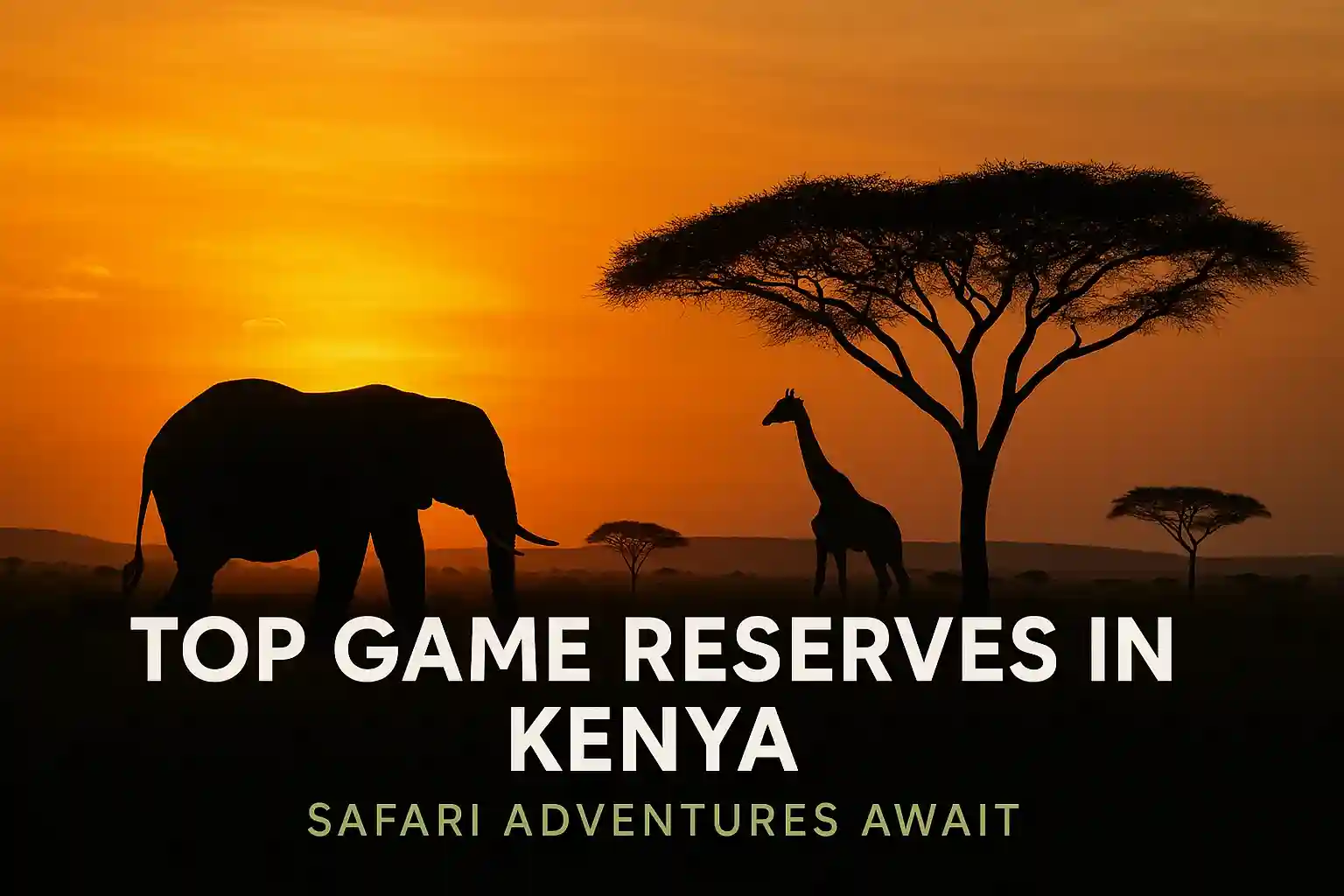
A safari in Kenya is the kind of trip that stays with you forever. Across more than forty parks and game reserves, you will see lion prides on golden plains, herds of elephants beneath Kilimanjaro, and lakes shimmering with flamingos. With so many choices, it can feel overwhelming to decide where to go. This guide is here to make it simple.
In the sections ahead, we will cover the top reserves, the best times to visit, and what makes each destination unique so you can match your safari goals with the right place.
Before we get into the details, here’s a quick TL;DR snapshot of Kenya’s top reserves to set the stage.
| Reserve | Signature highlight | Why go | Good for |
|---|---|---|---|
| Maasai Mara Classic savannah and predator density |
Great Migration and big cats | River crossings and year round wildlife | PredatorsMigrationBalloon rides |
| Amboseli Compact park with strong visuals |
Elephant herds and Kilimanjaro | Reliable sightings and iconic backdrops | ElephantsScenic viewsPhotography |
| Samburu Rugged river landscapes |
Samburu Special Five | Rare species and unique culture | Grevy zebraReticulated giraffeSomali ostrich |
| Tsavo East and West Kenya’s largest protected area |
Red elephants and vast wilderness | Contrasting terrain and fewer crowds | Wide spacesElephantsBirding |
| Lake Nakuru Rift Valley lake |
Rhinos and flamingos | Compact park with diverse birdlife | RhinosFlamingosFamilies |
| Laikipia Private conservancies |
Rhino protection and flexible activities | Walking, night drives, conservation focus | Rhino conservationNight drivesWalking safaris |
Maasai Mara
Classic savannah and predator density
Amboseli
Compact park with strong visuals
Samburu
Rugged river landscapes
Tsavo East and West
Kenya’s largest protected area
Lake Nakuru
Rift Valley lake
Laikipia
Private conservancies

Reviewed with our Kenya specialist to add authentic knowledge of wildlife and traditions.
Kenya’s game reserves are special because they combine world-class wildlife, dramatic landscapes, and cultural richness all in one country. Few places on Earth let you watch lions hunt on open plains, see elephants march against the backdrop of Mount Kilimanjaro, or spot rare northern species like Grevy’s zebra all within a single trip.
What makes them worth your bucket list:
In short, Kenya offers the “classic safari” you have always pictured along with plenty of surprises once you arrive.
Note: In Kenya, national parks are managed by the Kenya Wildlife Service with stricter rules, while national reserves are run by local authorities and allow more flexible activities such as night drives or cultural visits. Many travelers combine both for variety.
Kenya has one of the most extensive networks of protected areas in Africa. In total, the country manages over fifty different parks and reserves, along with a growing number of private conservancies.
To give you a clearer picture:
This mix means travelers can choose between classic, government-run parks with stricter rules or community-managed reserves and private conservancies that often allow activities like night drives and cultural visits.
With more than forty protected areas across the country, it can be overwhelming to decide where to go. The following reserves are the ones that stand out again and again for both first-time visitors and seasoned safari travelers.
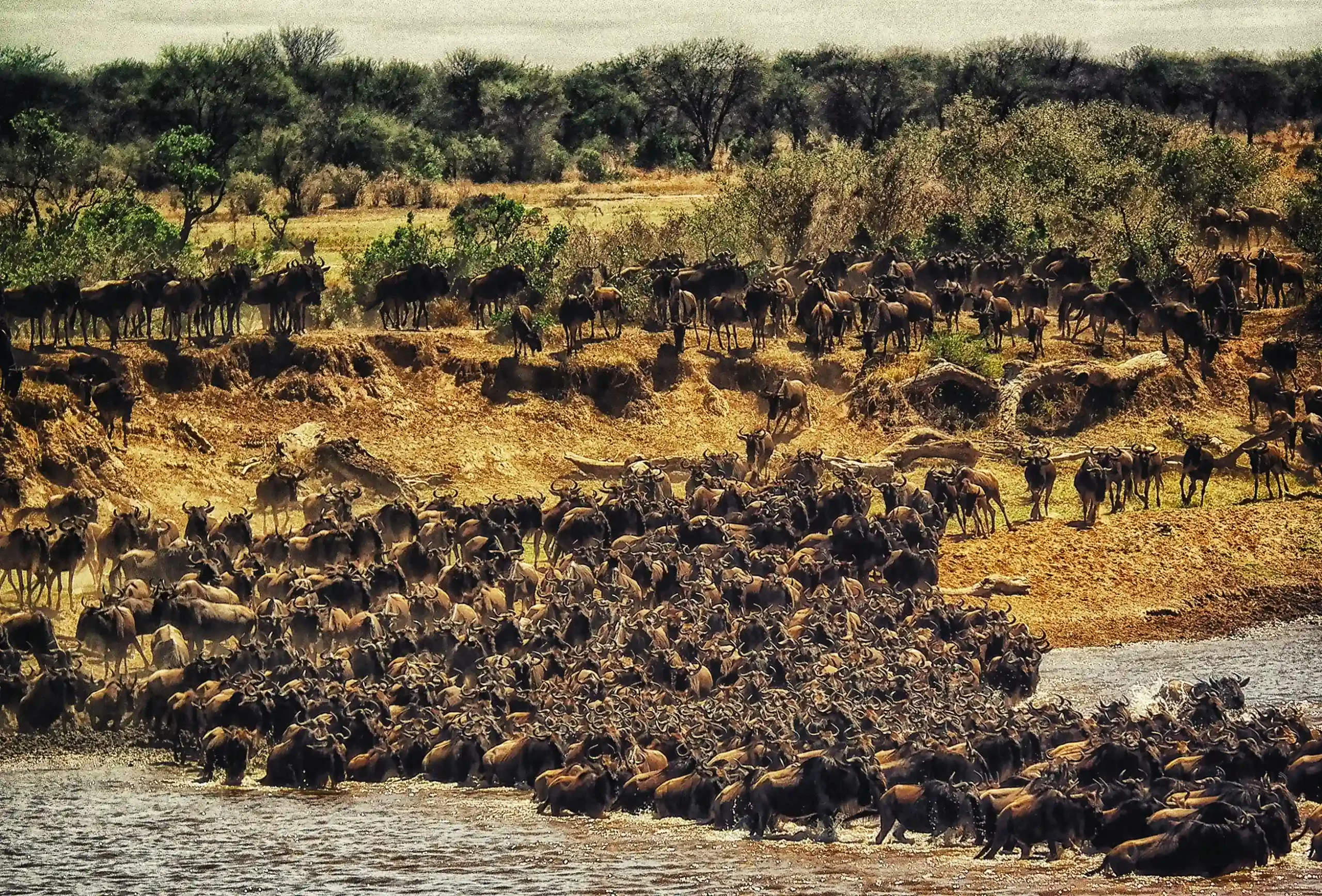
If you picture the classic African safari, you are likely imagining the Maasai Mara. This reserve is world famous for the Great Wildebeest Migration, when millions of wildebeest and zebra cross the Mara River between July and October. Even outside migration season, the Mara delivers extraordinary predator sightings including lions, cheetahs, and leopards. Balloon safaris at sunrise and visits to nearby Maasai villages make this reserve one of the most complete safari experiences in Africa.
Amboseli is all about elephants and scenery. Families of elephants roam the plains with snow-capped Mount Kilimanjaro forming the perfect backdrop just across the border in Tanzania. The park is smaller than the Mara but packs a punch with consistent wildlife viewing, a wide variety of birdlife, and excellent opportunities for photography.
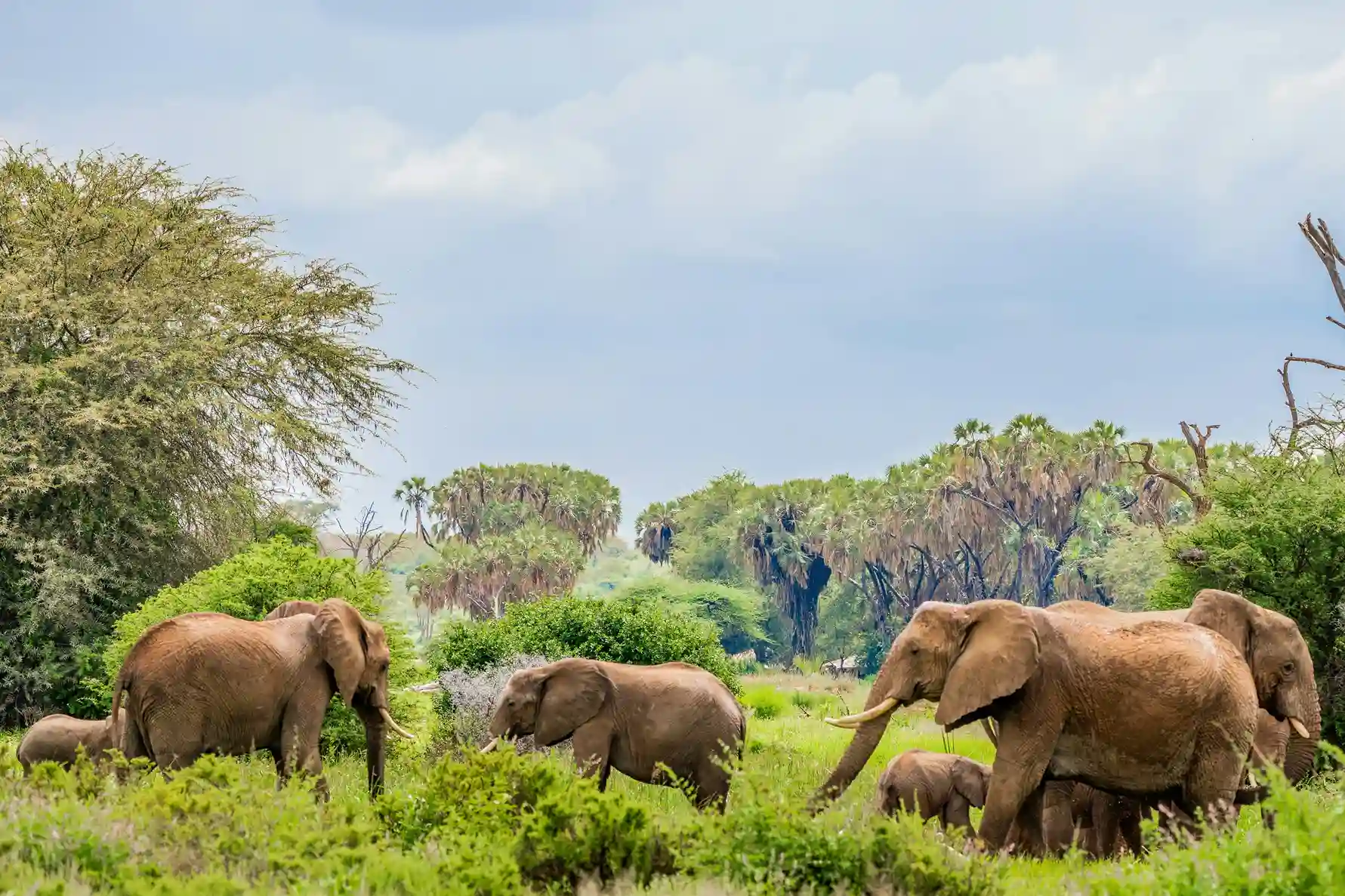
Located in northern Kenya, Samburu offers a very different safari feel. The landscape is dry and rugged, shaped by the Ewaso Ng’iro River. This is where you can find the so-called “Samburu Special Five”: Grevy’s zebra, reticulated giraffe, Somali ostrich, gerenuk, and Beisa oryx. The reserve is also rich in cultural connections with the Samburu people, making it ideal for travelers who want something beyond the mainstream safari.
Together, Tsavo East and Tsavo West make up one of the largest protected wilderness areas in Kenya. Tsavo East is known for its vast open plains and large herds of red-dusted elephants. Tsavo West is more mountainous and dramatic, with volcanic hills, lush springs, and excellent birding. Visiting both gives you a chance to see how varied Kenya’s landscapes can be within one region.
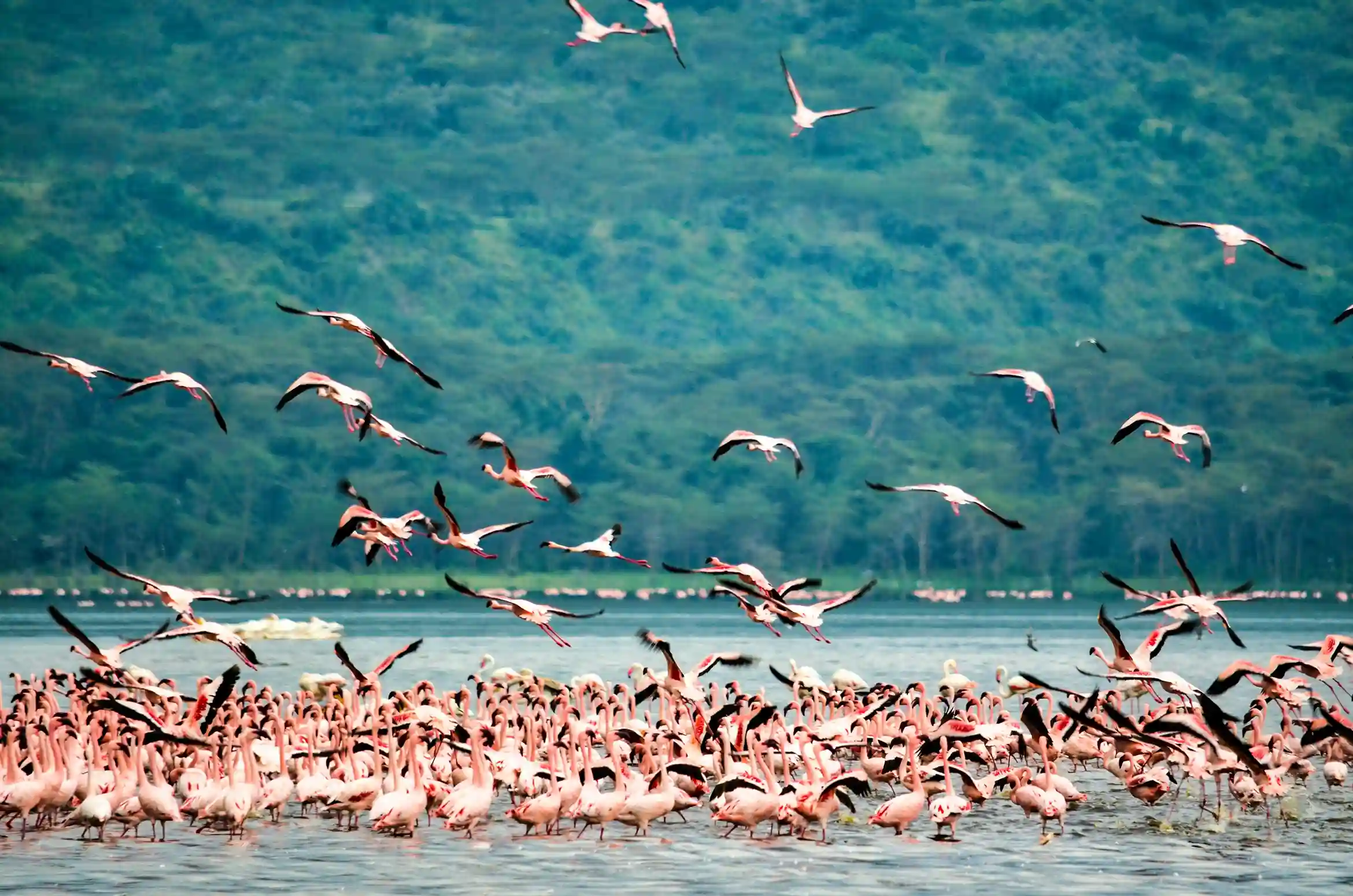
Set in the Great Rift Valley, Lake Nakuru is famous for its rhinos and flocks of flamingos that sometimes paint the lake pink. The park is smaller and more compact, which makes it easy to see a lot of wildlife in just a day or two. Lions, leopards, giraffes, and over four hundred bird species are found here, making it a great stop for families or travelers combining several destinations.
Laikipia is a collection of private reserves and ranches that together protect one of Kenya’s most important wildlife corridors. Here you will find some of the highest populations of endangered black and white rhinos, along with elephants, lions, and wild dogs. Because these are private conservancies, guests can enjoy activities not usually allowed in national parks such as night drives, walking safaris, and even horseback safaris. Laikipia is also a leader in community-based conservation, so your visit directly supports local livelihoods.
In summary, each of these reserves offers something unique: the drama of the Mara, the elephants of Amboseli, the rare species of Samburu, the wild scale of Tsavo, the compact diversity of Nakuru, and the exclusivity of Laikipia. Choosing two or three of them for your Kenya itinerary is often the perfect balance between variety and depth.
Pick from our curated packages for an easy start, or work with our specialists to design a custom itinerary that fits your group perfectly.
While the Maasai Mara, Amboseli, Samburu, Tsavo, Nakuru, and Laikipia usually top most itineraries, Kenya has many other reserves worth considering if you have extra time or specific interests.
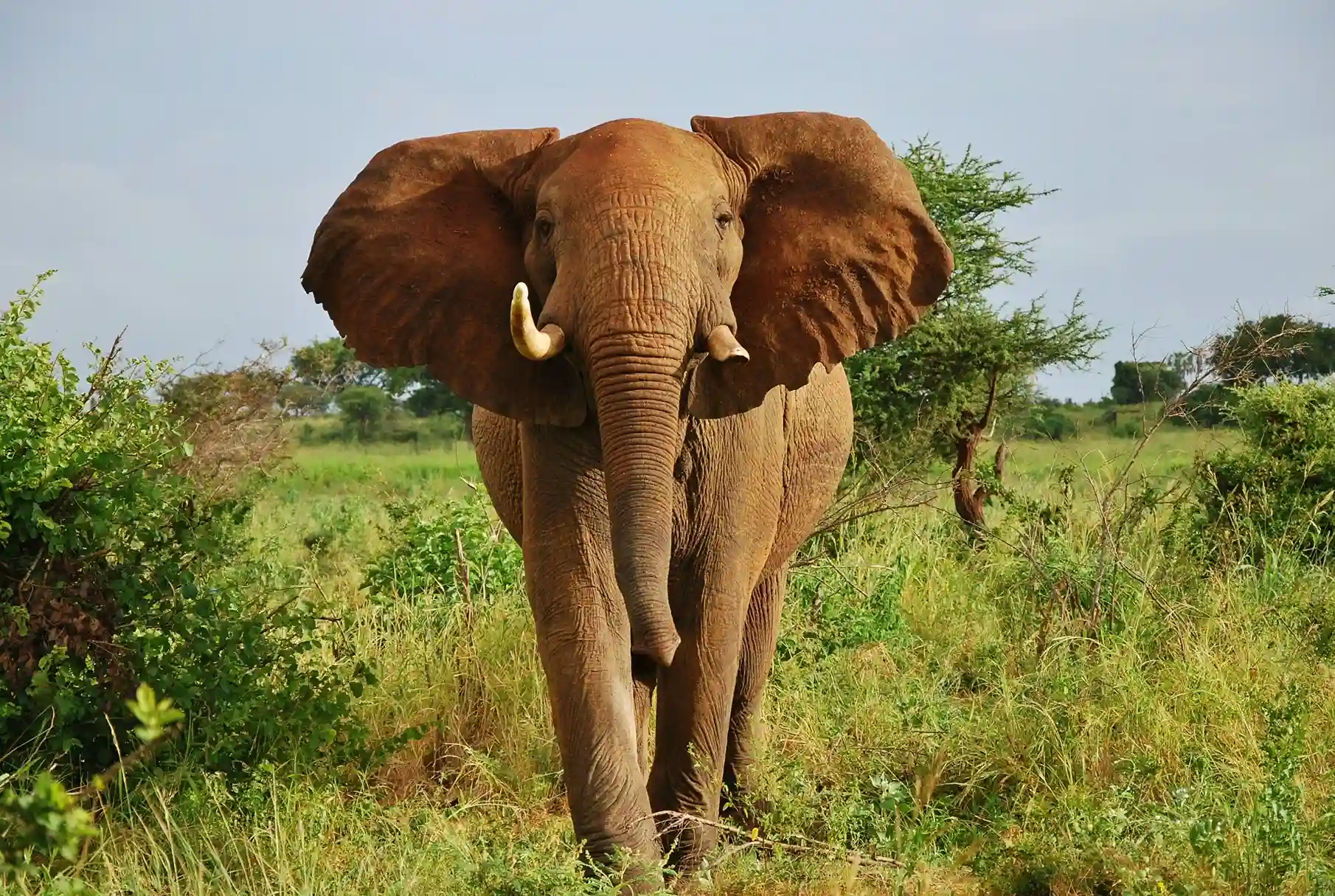
Made famous by the story of Elsa the lioness in Born Free, Meru is a beautiful and less-visited park in eastern Kenya. It offers a mix of rivers, woodlands, and savannah and is home to elephants, lions, rhinos, and more than 300 bird species. Its remote setting makes it ideal for travelers seeking a quieter safari.
Known for its misty forests and waterfalls, Aberdare is unlike any other park in Kenya. It is one of the best places to see forest elephants, bongo antelope, and leopards. Many lodges here have viewing decks where animals visit salt licks and waterholes at night, giving guests a unique safari from the comfort of their rooms.
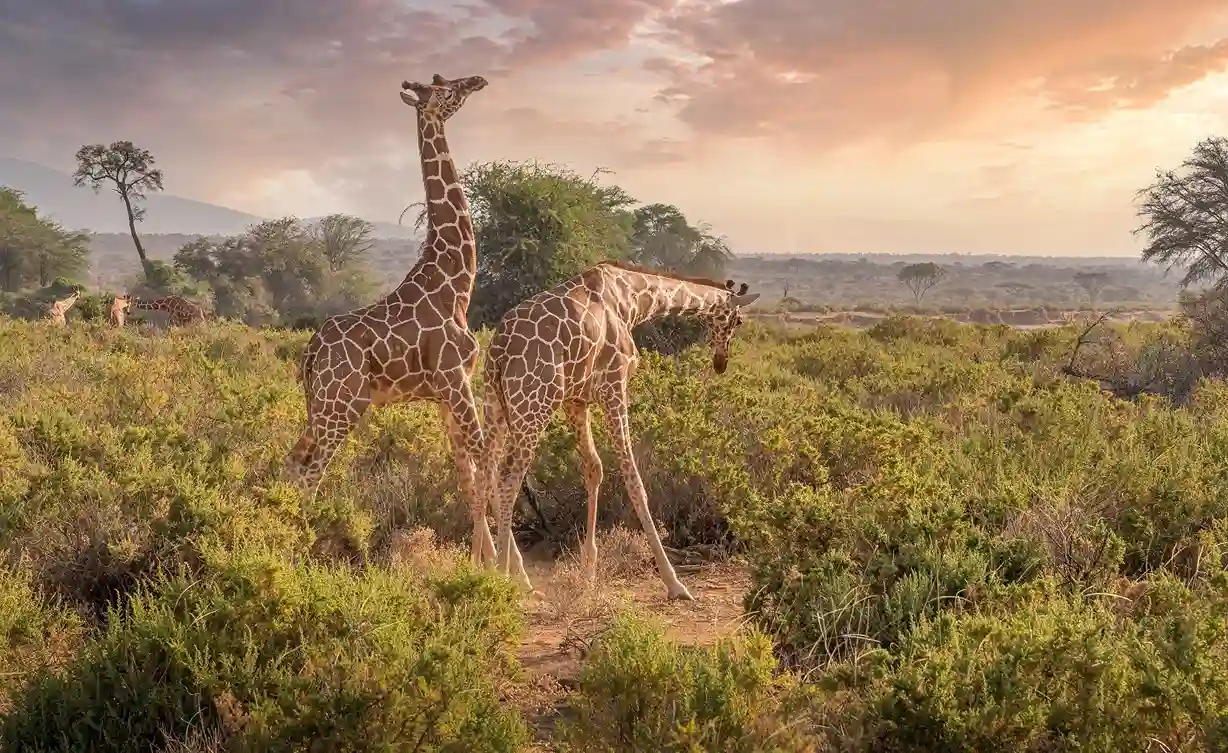
This is the only national park in the world located within a capital city. Just a short drive from downtown Nairobi, you can spot lions, rhinos, giraffes, and more with skyscrapers rising in the background. It is a convenient option for travelers with limited time or as a gentle introduction before heading out to larger reserves.
A true hidden gem, Kakamega is the last remnant of tropical rainforest in Kenya. It is a paradise for birdwatchers and butterfly enthusiasts, with rare species not found elsewhere in the country.
These reserves may not be as famous as the Mara or Amboseli, but they offer distinctive experiences and can be rewarding additions to a longer safari.
The best reserve for you depends on what you want most from your safari. Each destination has its own strengths, so narrowing it down to two or three usually creates the perfect balance.
By aligning your priorities with the character of each reserve, you make sure your time in Kenya feels both rewarding and memorable.
Entry fees for Kenya’s parks and reserves generally range between 40 and 100 US dollars per adult per day, depending on the location. The Maasai Mara and Amboseli are on the higher end, while smaller or lesser-known reserves often cost less.
Beyond entry fees, your biggest expenses will be accommodation, transport, and guided activities. On average:
Knowing these costs upfront helps you plan a safari that fits your budget without surprises.
The best time to visit Kenya’s game reserves is during the dry season from June to October and again in January and February. Wildlife is easier to spot because animals gather around water sources and vegetation is thinner. This is also when the Great Wildebeest Migration takes place in the Maasai Mara, usually between July and October.
The rainy months of March to May and November have their own appeal. The landscapes turn lush and green, birdlife is abundant, and lodges often offer lower rates. The trade-off is that some roads can become muddy and wildlife viewing a little trickier.
In short, choose the dry season for guaranteed game viewing or the green season if you prefer fewer crowds and stunning scenery.
You have seen what makes Kenya’s reserves so extraordinary. Now let us turn inspiration into a real journey. Our curated safari packages are designed to showcase the very best of Kenya, with options to match different travel styles and timelines.
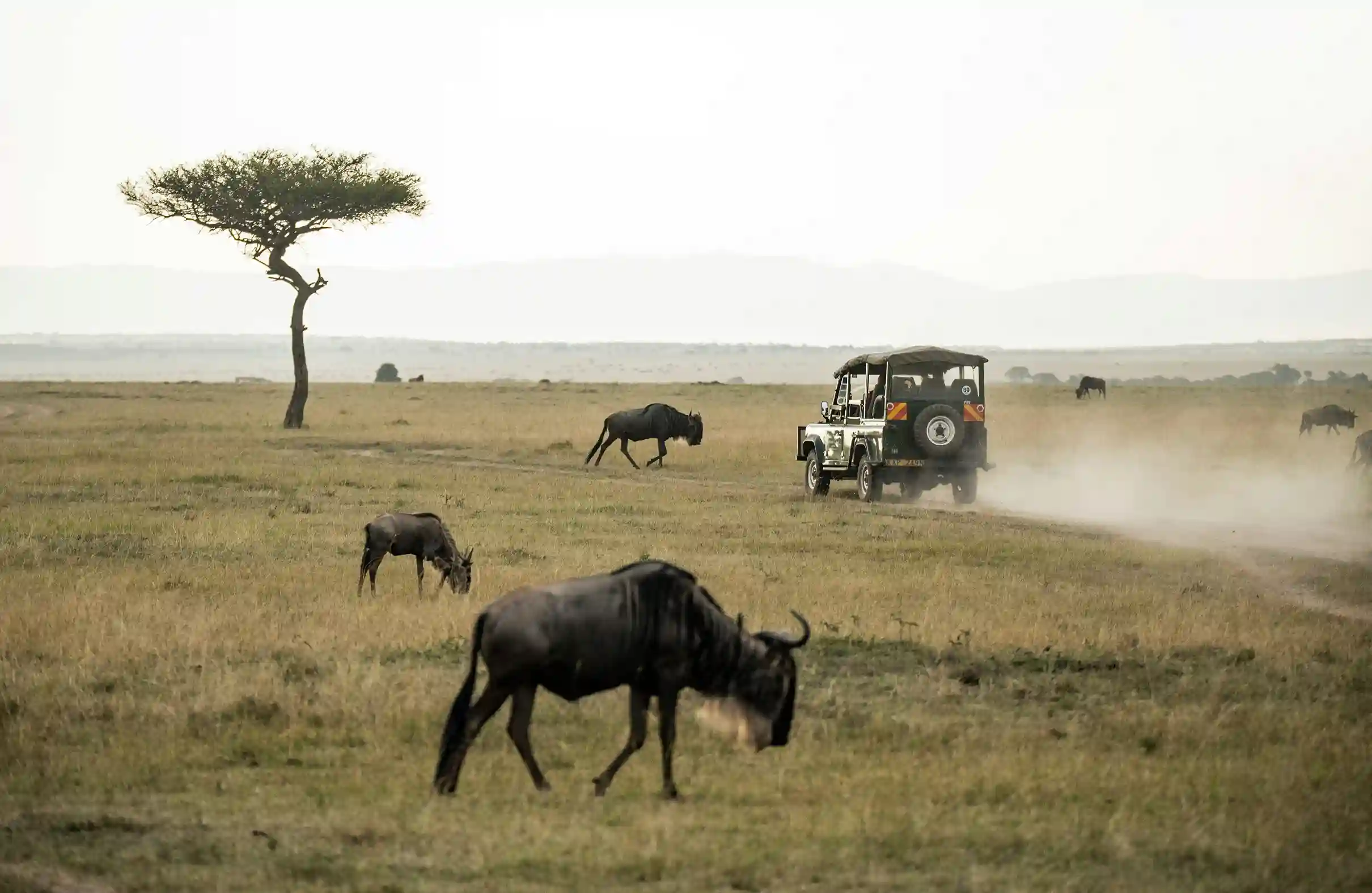
A classic safari through Kenya’s most famous parks. Perfect for first-time travelers who want to see the Big Five and experience the Maasai Mara.
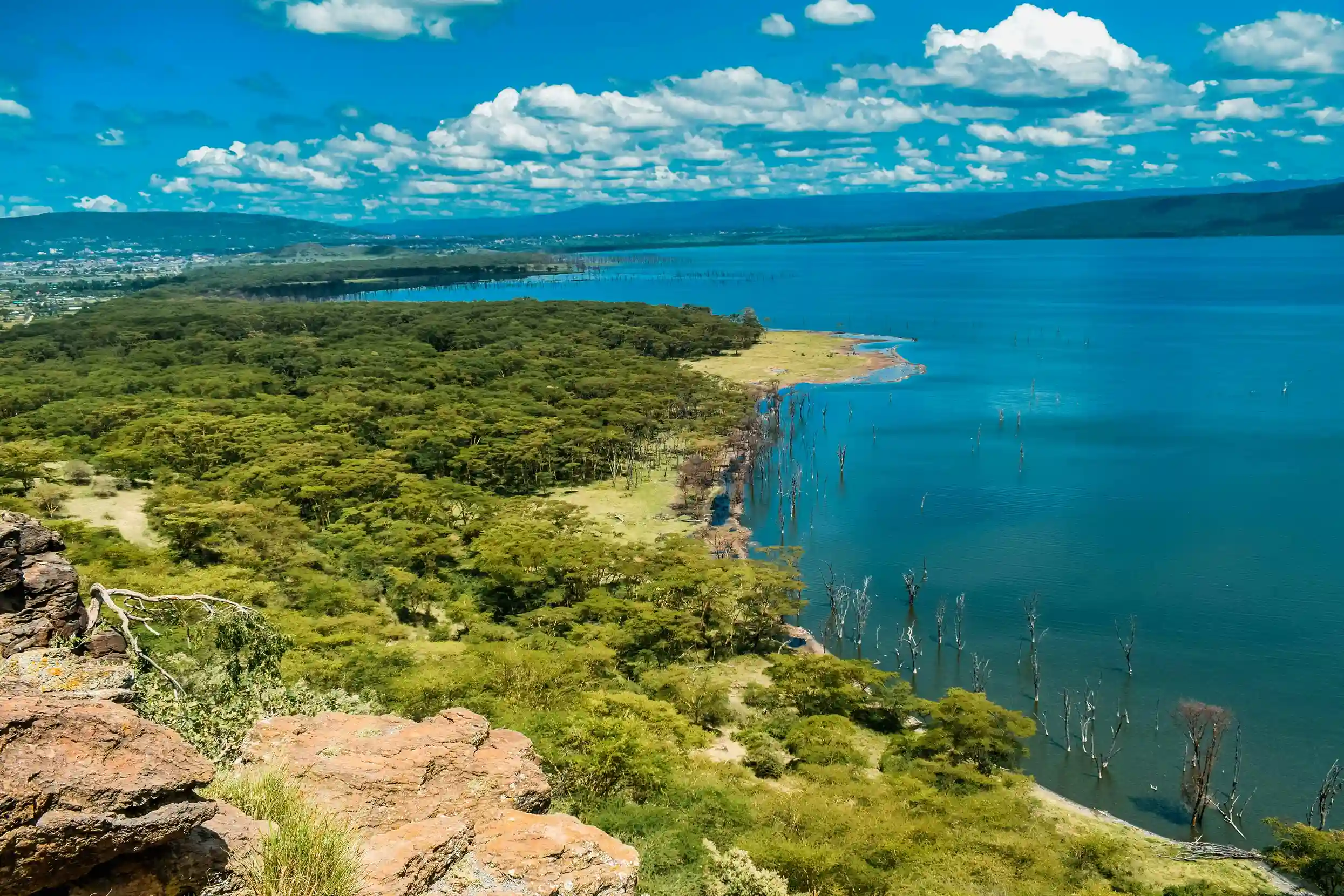
The best of both worlds. Begin with thrilling game drives in Kenya, then fly to Zanzibar for turquoise waters and laid-back island charm.
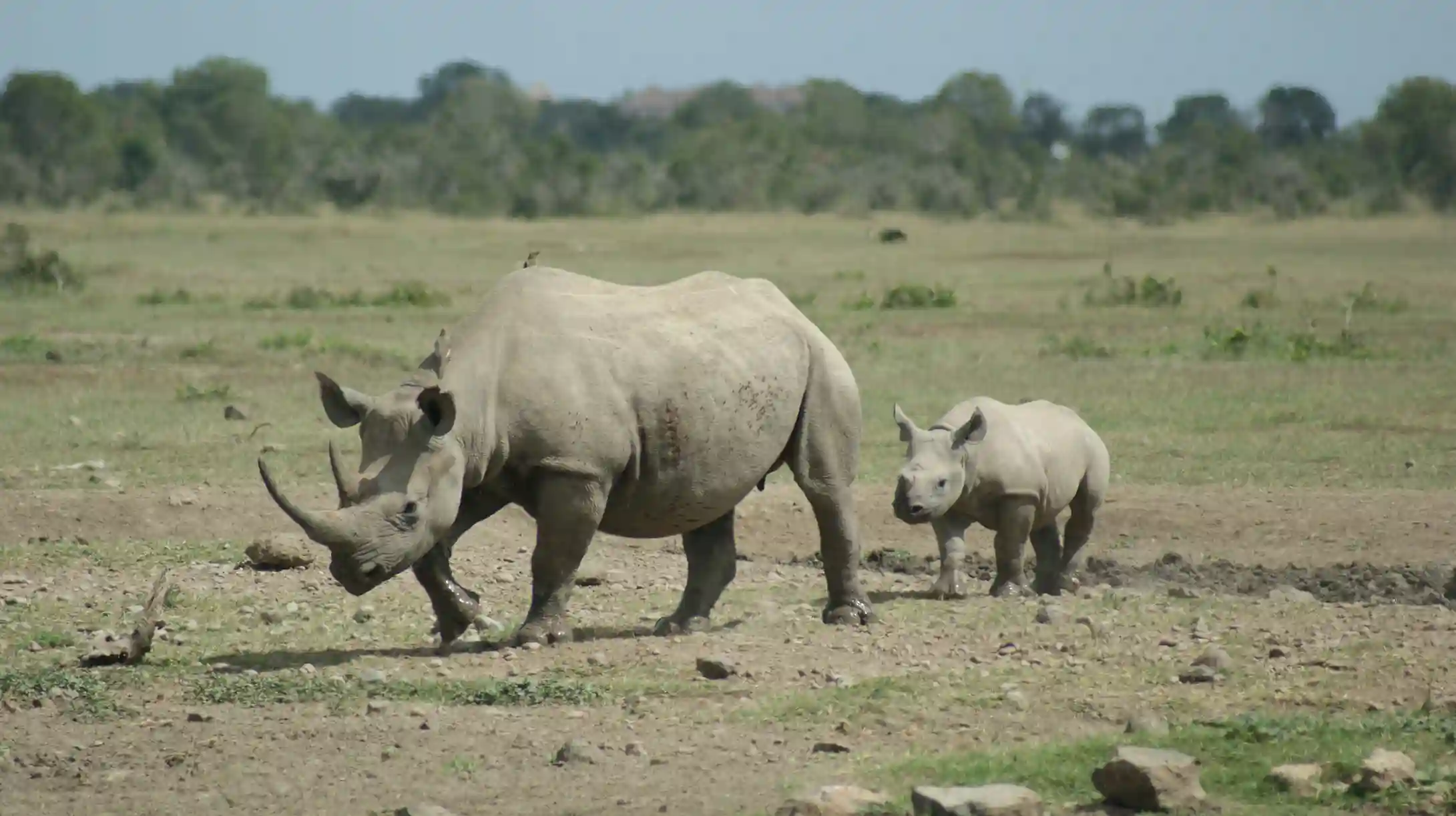
An in-depth look at Kenya’s diverse landscapes, from wildlife-packed savannahs to scenic highlands and Rift Valley lakes.
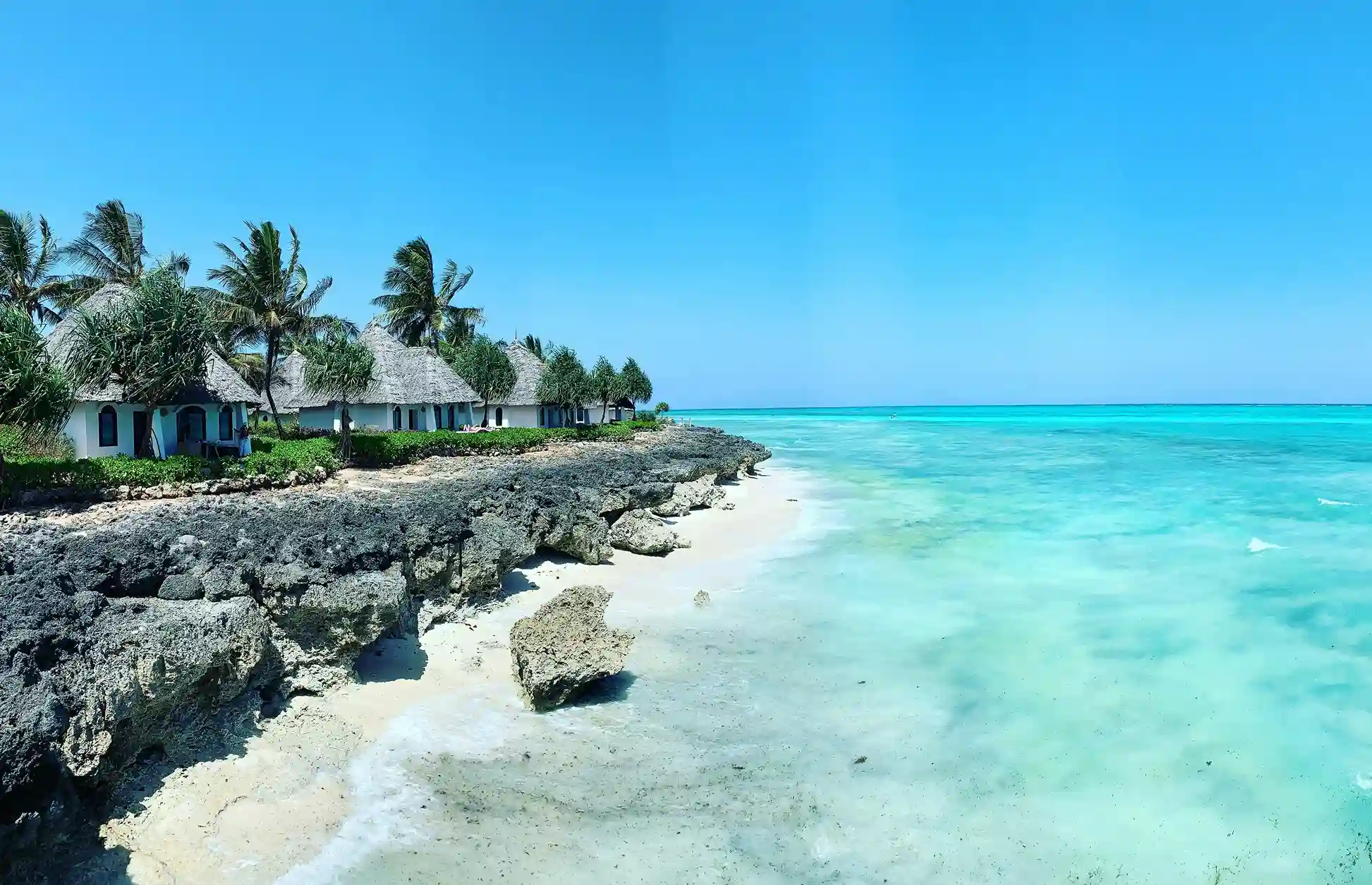
Wonders of Kenya with Zanzibar
All the highlights of Kenya’s top reserves, ending with a relaxing beach escape on Zanzibar’s white sands.